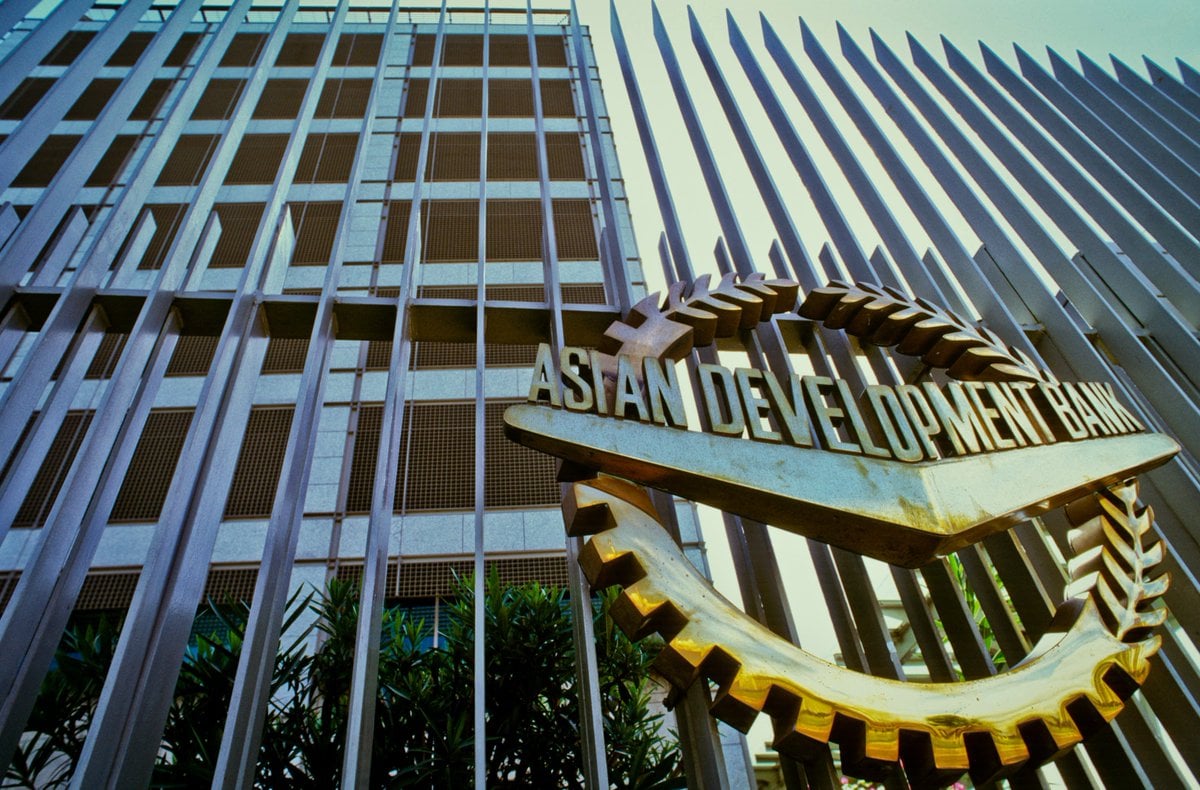Pakistan’s fiscal landscape faces significant challenges as interest payments are set to consume a staggering 62% of the country’s fiscal revenues, according to the Asian Development Bank (ADB) in its latest “Asian Development Outlook.” This marks a sharp increase from the 41% recorded in the fiscal year 2022-23, highlighting the growing pressure on Pakistan’s finances.
Despite the alarming rise in interest payments, the ADB report forecasts a positive trend in Pakistan’s public debt. It is expected to decline by 7 percentage points, reaching 70% of the Gross Domestic Product (GDP) by 2024-2025. This reduction in public debt is a welcome development, yet the high cost of servicing existing debt remains a critical concern for the country’s fiscal health.
In a notable shift, Pakistan has managed to bring down its inflation rate significantly. As of May, inflation fell to 11.8%, a marked decrease from the 38% experienced during the same period last year. This decline in inflation has prompted the government to cut policy rates, aiming to stabilize the economy and foster growth.
The ADB’s report also provides insights into the broader South Asian economic landscape. The region is largely on track to achieve the growth forecasts set in the ADB’s April 2024 outlook. Despite downward revisions for GDP growth in Bangladesh and Maldives, these are counterbalanced by upward revisions for Bhutan, Nepal, and Pakistan. Consequently, South Asia’s growth forecast for 2024 remains steady at 6.3%, with a slight downward adjustment for 2025 to 6.5%.
For Pakistan, the provisional government estimate for GDP growth in the fiscal year ending June 30, 2024, stands at 2.4%. This growth is attributed to several factors, including robust agricultural output driven by improved weather conditions and subsidized government credit. These positive developments have helped stabilize the country’s economic performance despite the challenges posed by high interest payments and public debt.
Sri Lanka’s economy has shown resilience, exceeding the expectations set in the ADB’s April 2024 outlook for the first quarter of 2024. However, the growth forecasts for 2024 and 2025 remain unchanged due to uncertainties related to the upcoming election cycle in the latter half of the year.
Afghanistan, on the other hand, continues to face significant economic challenges. Although there are signs of recovery, the weak investment climate, tight fiscal space, and diminishing international humanitarian support underline the fragility of its economy. These factors are critical in shaping the country’s economic outlook and policy considerations.
Inflation remains a concern for the South Asian region. The ADB report nudges up the inflation forecast to 7.1% for 2024, maintaining it at 5.8% for 2025. While inflation projections for Bhutan, India, and Pakistan remain consistent with the ADB’s April 2024 outlook, expectations for Bangladesh and Maldives have been revised upwards, indicating higher inflationary pressures in these countries.




